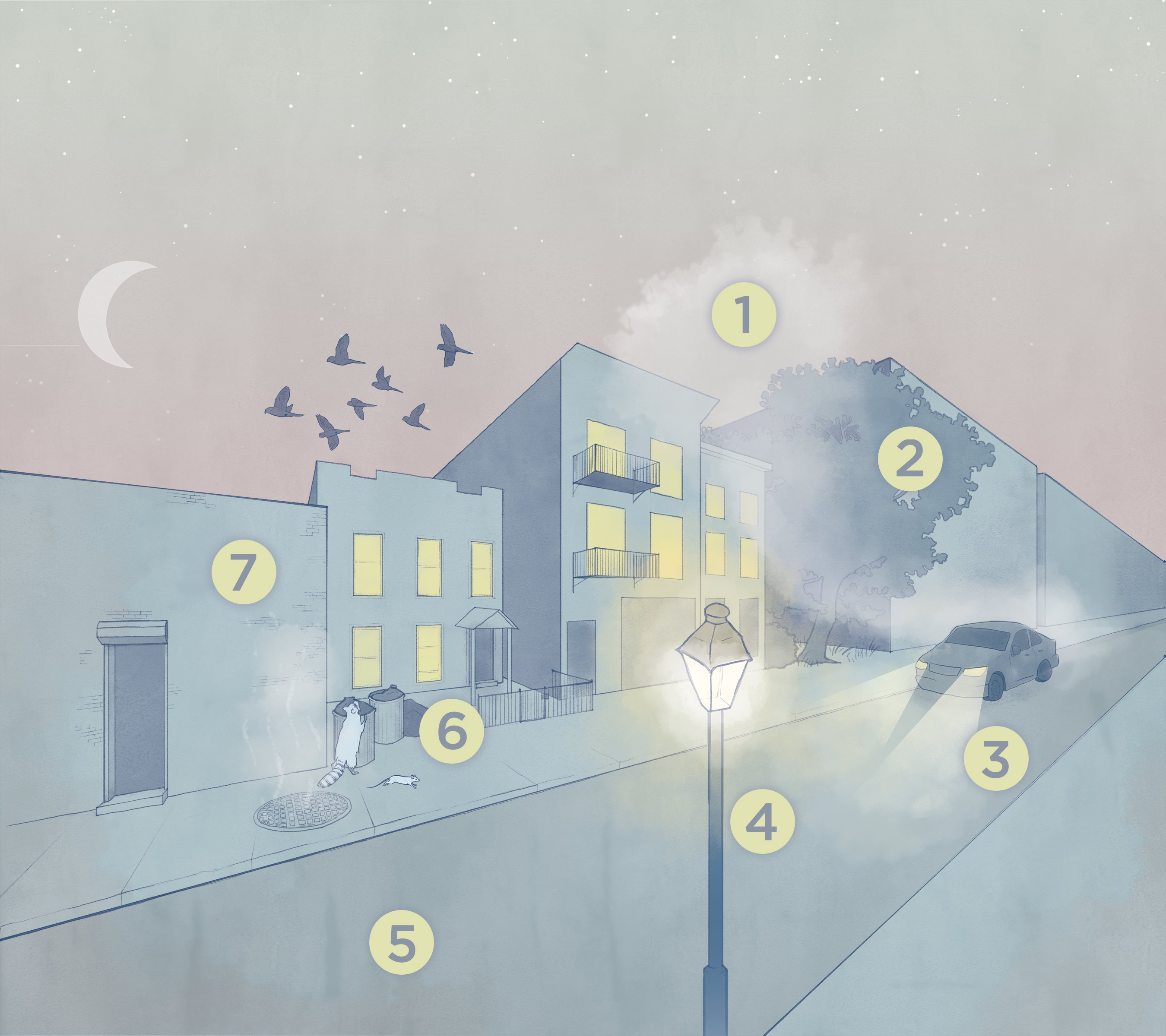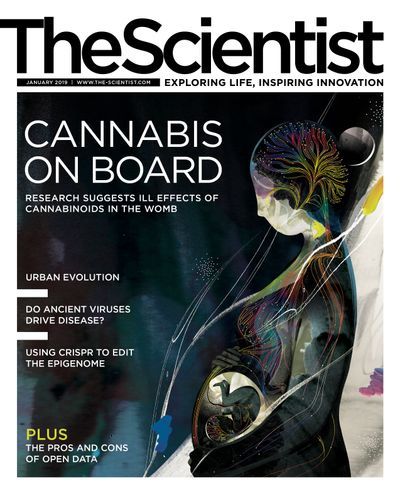Urban environments have the potential to influence the evolution of species in numerous ways. Some of these effects are nonadaptive, and are largely driven by changes in gene flow between populations. But others result from selection pressures that are unique to cities, such as greater nighttime illumination and more-extreme temperatures than rural areas.

© lUCY CONKLIN
1 | Air pollution may favor the adaptation of organisms to become more stress-resistant than their rural counterparts. There is some evidence that pollution might also increase the rate of genetic mutations. |
2 | Parks and green spaces not only offer potential habitats for species that have moved from the countryside, but may also provide corridors between different urban subpopulations and thus facilitate gene flow. |
3 | Human transport creates higher levels of habitat disturbance. But cars and other vehicles may also help disperse small organisms, potentially facilitating gene... |
Read the full story.
Interested in reading more?

Become a Member of
Receive full access to digital editions of The Scientist, as well as TS Digest, feature stories, more than 35 years of archives, and much more!
Already a member?






